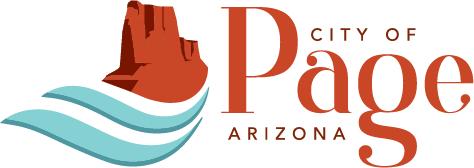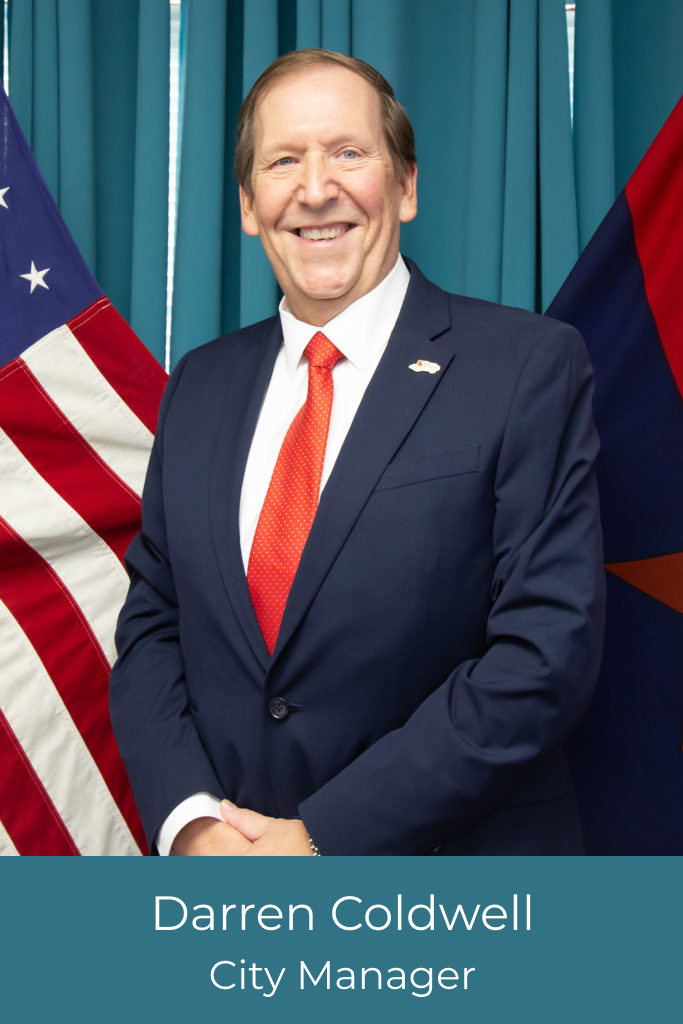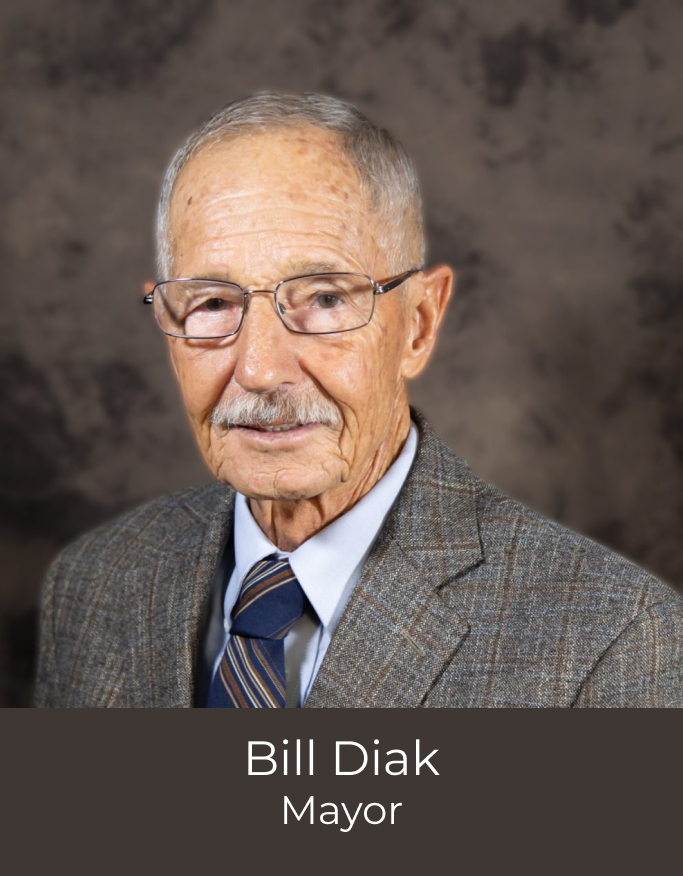About Page, Arizona
The City of Page is a planned community near the Arizona/Utah border. Named for John C. Page, a 1930’s Commissioner of the Bureau of Reclamation, the City was planned and developed for the workers building the Glen Canyon Dam in 1957. At an elevation of 4,300 feet atop Manson Mesa and overlooking Wahweap Bay of Lake Powell, Page has become a major resort area. The City of Page was incorporated in March of 1975.
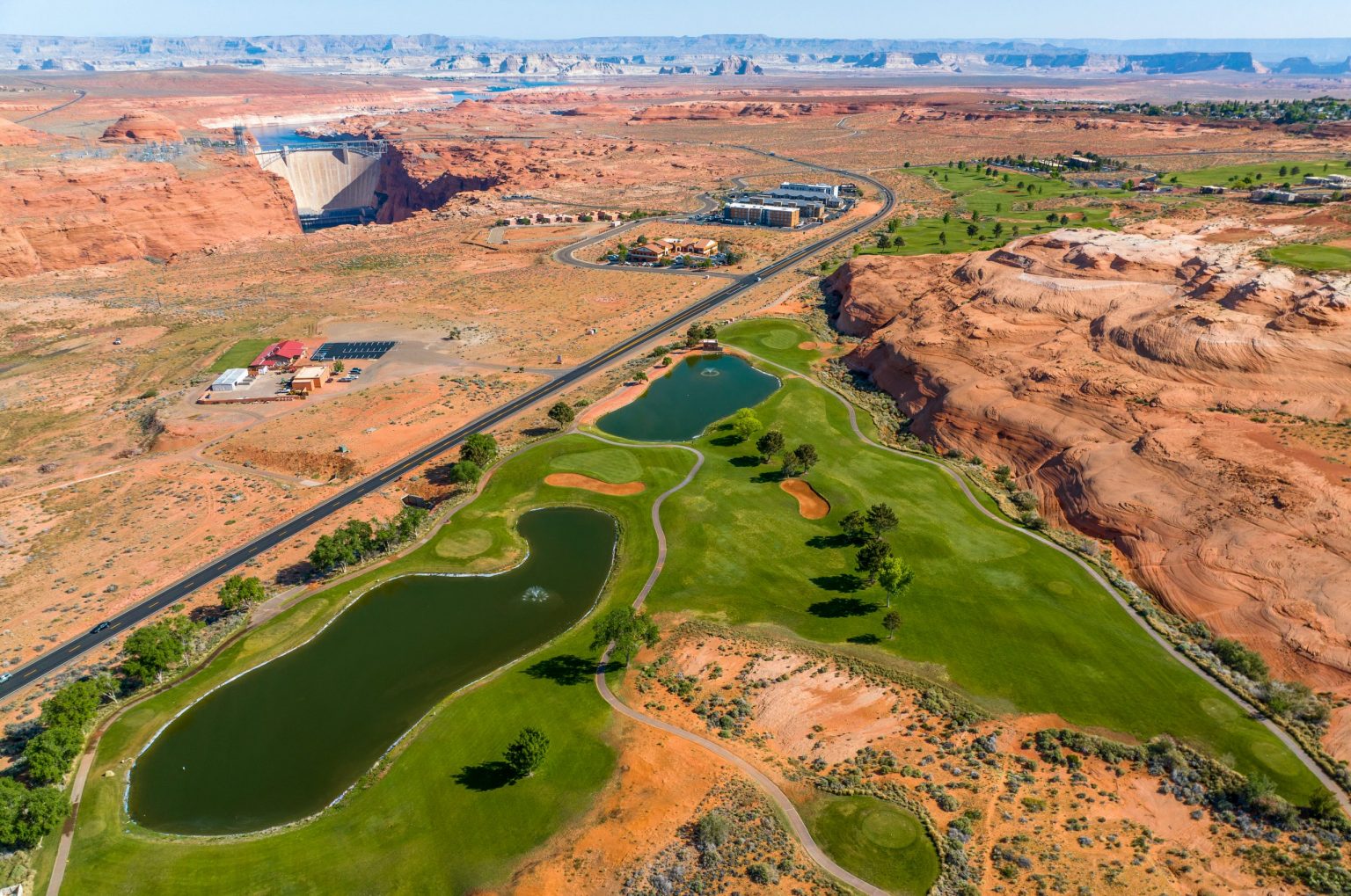
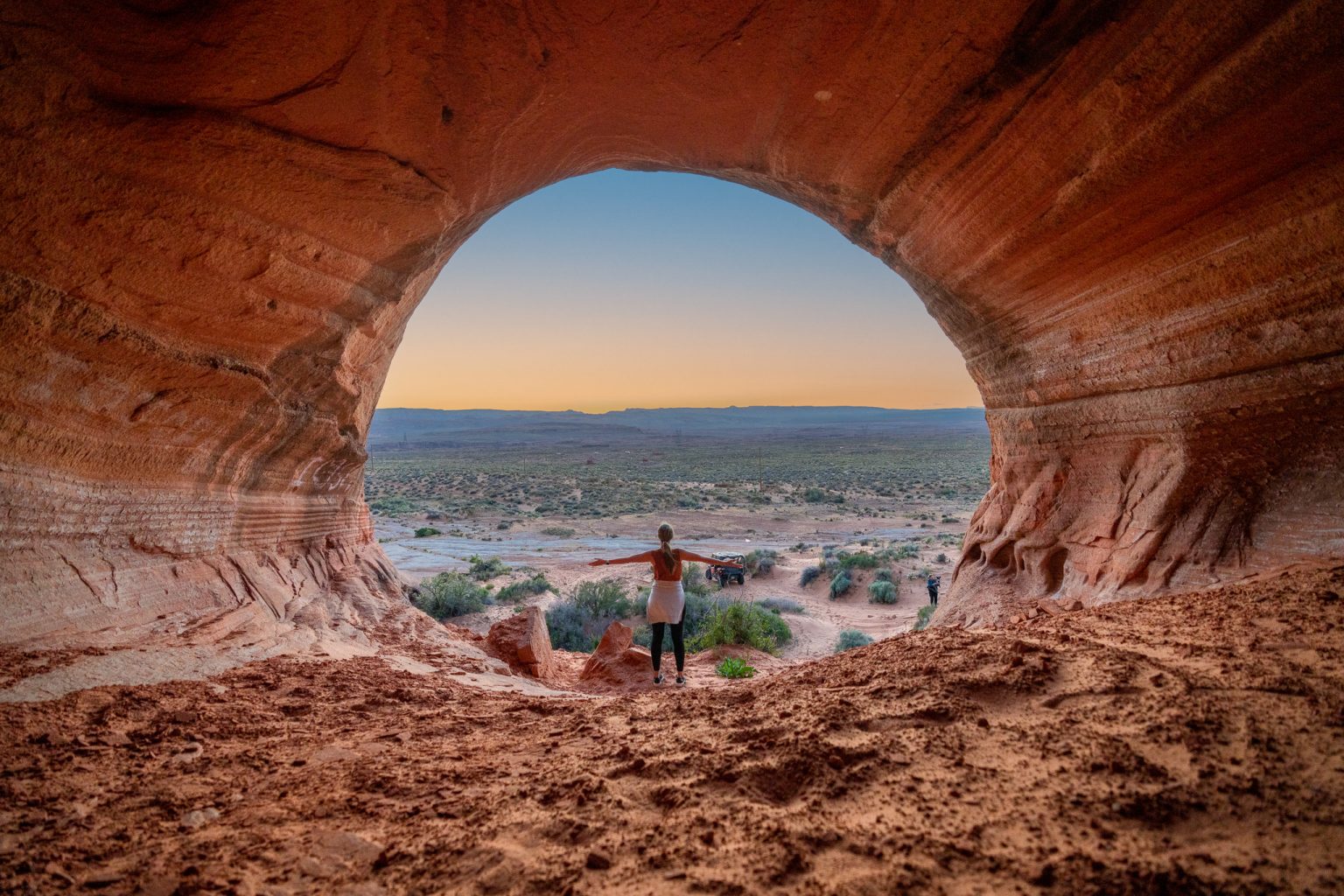

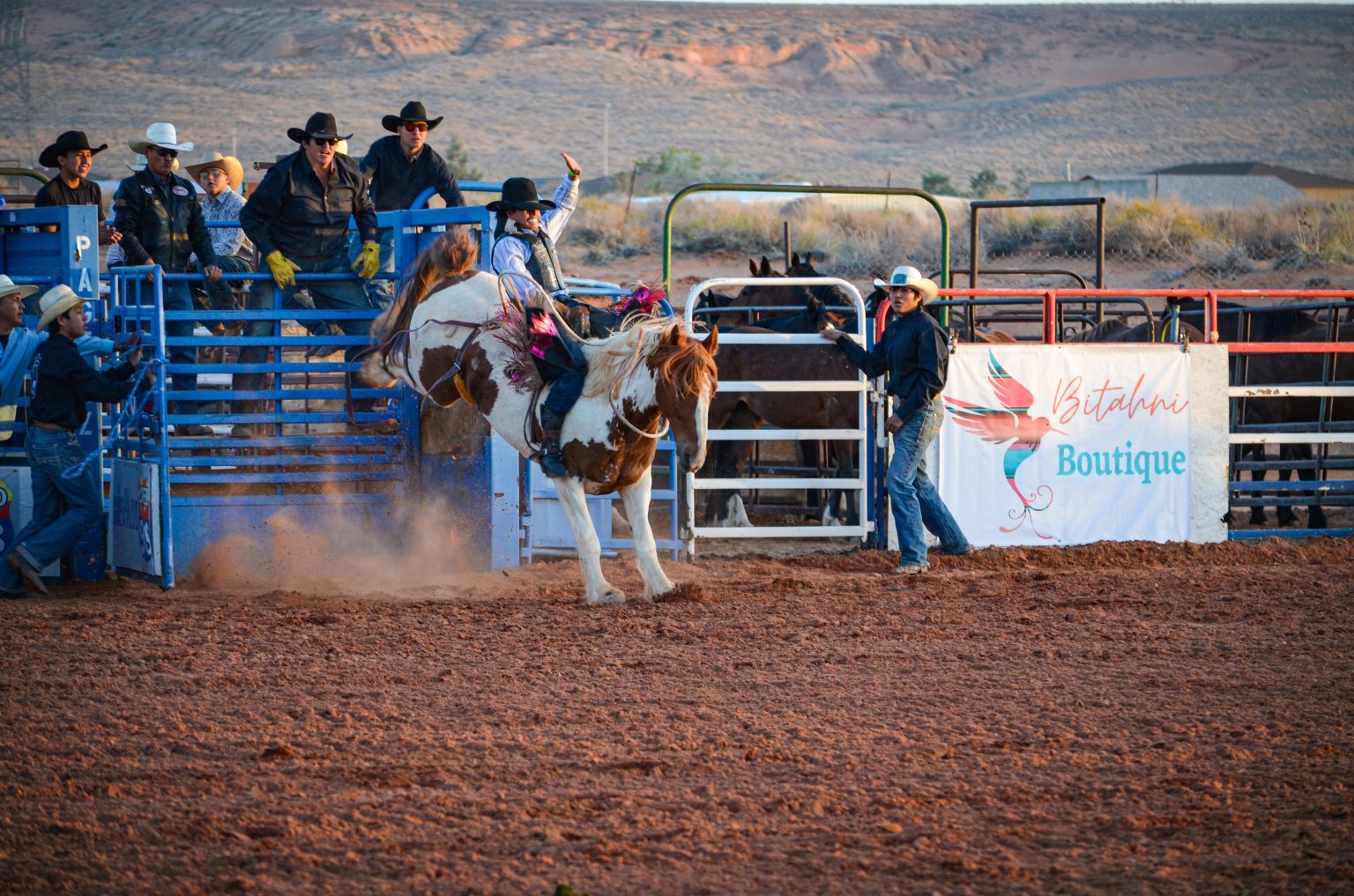


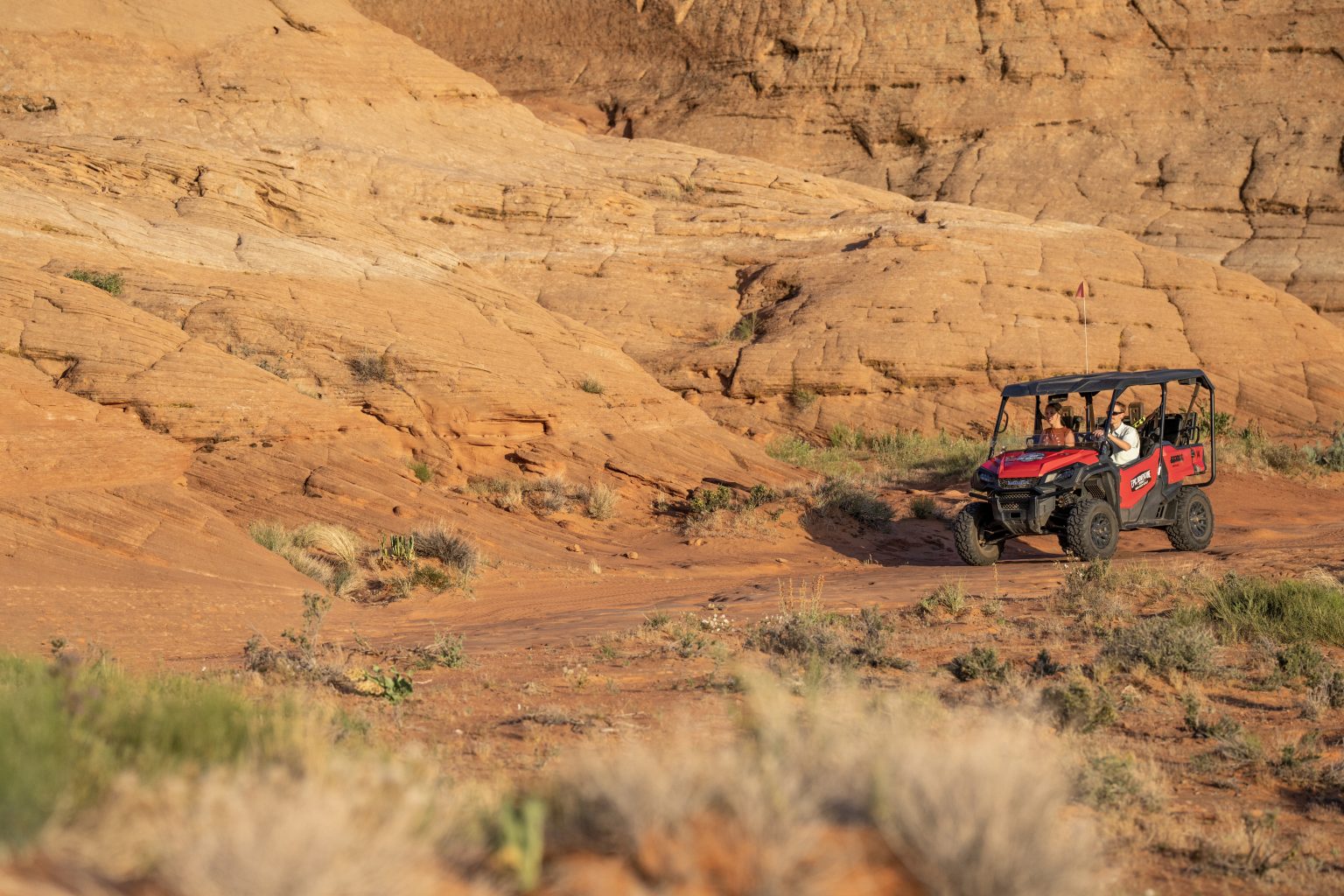
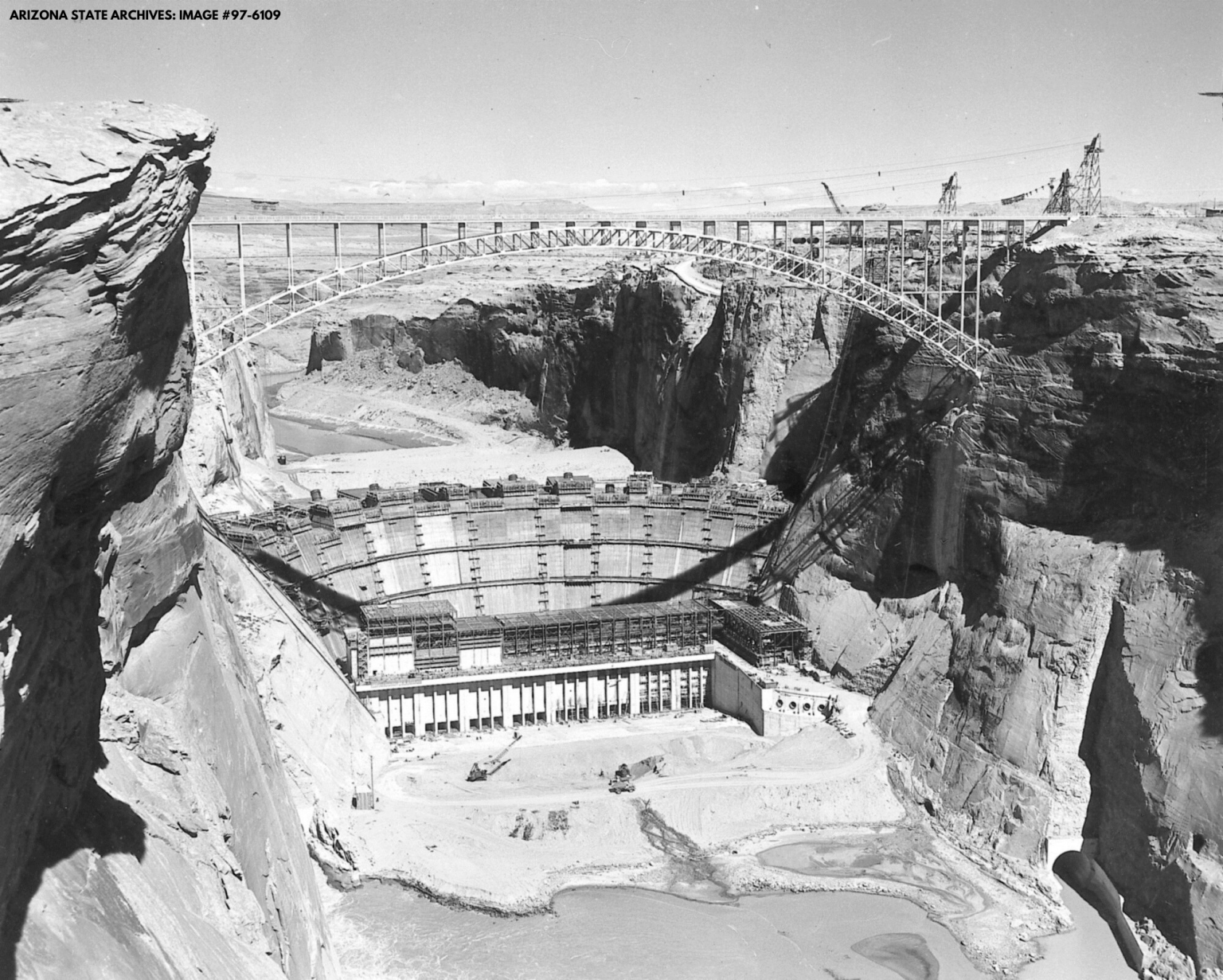
Though it began as a temporary camp for construction workers, Page has emerged as a self-sufficient and progressive city. Lake Powell and tourism are the major contributors to the economy.
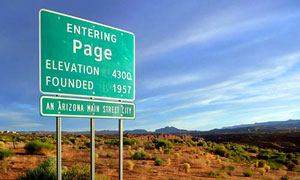
Recreational properties and public utilities are the predominant employers in Page. While the recreation-oriented firms experience seasonal employment peaks from March through November. The National Park Service estimates that the Page/Lake Powell area had 2.6 million visitors in 1999. Tourism and the distance to other trade centers have created a demand for a variety of consumer goods and services. Therefore, 70 percent of the employers and more than 50 percent of the total workforce are in the retail trade and service sectors.
The federal government is another important employer in the Page area. Glen Canyon National Recreation Area is administered by the National Park Service through headquarters at Page; and Glen Canyon Dam is managed by the U.S. Bureau of Reclamation. Both agencies are part of the U.S. Department of the Interior. Other federal, state, and city offices, as well as the public schools have boosted government to healthy 10 percent of the total. [Information from the Arizona Department of Commerce, Community Profile.
Lake Powell is the center of recreational opportunities for Page. The lake has 1960 miles of shoreline, which is longer than the entire West Coast of the continental United States. There are 96 major canyons to explore as well as Rainbow Bridge National Monument that can be explored via watercraft.
A broad range of community facilities are located in the City of Page. These include two museums, a community center, a library, a recreation center, a visitor center, one golf course, three parks, six lighted tennis courts, and several football, softball and baseball fields.
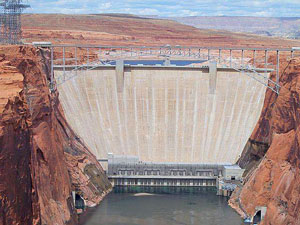
Page has one weekly newspaper, the Lake Powell Chronicle, and a local radio station. Television channels from Phoenix, cable by satellite, and cellular telephone service are available.
Page Unified School District (PUSD) serves 1,800 square miles in and around Page. It contains four traditional schools, an alternative school, and a preschool. Nearly 2,600 students are enrolled at the district each year. Coconino Community College, an accredited two-year college, serves Northern Coconino County with an instructional site located in Page adjacent to the City Library. The CCC Page campus offers nearly 30 credit courses each semester to over 100 students. Admission, registration and advising services, as well as a computer lab are available to current and prospective students. Students are able to complete an Associate’s degree through the CCC-Page campus through live, on-line and interactive television coursework. Vocational training is available from the Lake Powell Institute and at the LeChee Chapter of the Navajo Nation.
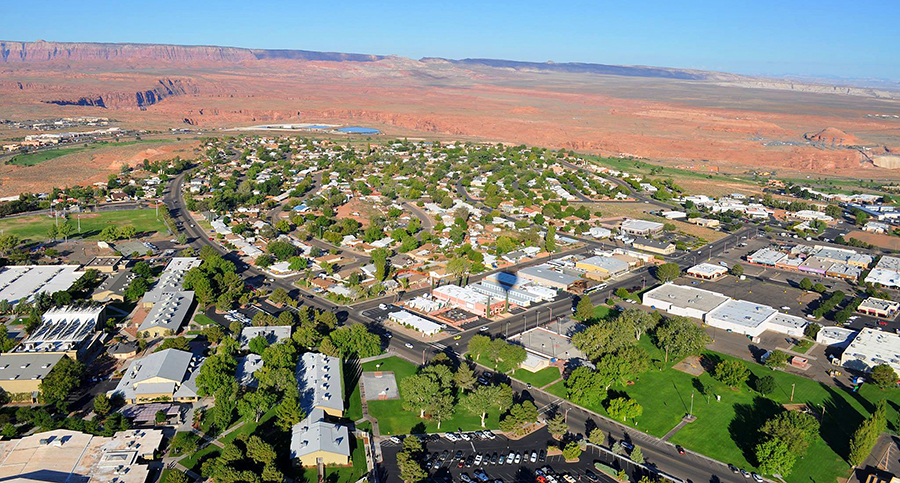
Medical facilities include an accredited hospital, medical and dental offices, and various adjunct medical services. Medical specialists comes from other cities on rotation to serve the citizens of Page. Lifeline helicopter service is also available.
The Page Municipal Airport has a lighted 5,500-foot paved runway and offers flights to and from Phoenix and Denver. Charter service and tours are also available.
Page has one industrial park (102 acres) with all utilities and highway access.
There are around 40 lodging facilities with roughly 3,000 rooms, not including RV parks and camping. There are multiple meeting facilities with the largest of these seating approximately 400 people.
Weather in the City of Page is temperate with an average yearly maximum temperature of 71.9 degrees and an average yearly minimum temperature of 47.2 degrees. The hottest month is July with a daily average maximum temperature of 97 degrees and the coldest months are December and January with daily maximum temperatures averaging 45 degrees. Average yearly total precipitation is 4.78 inches.
